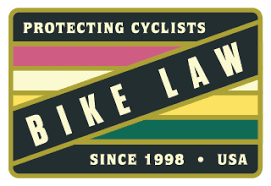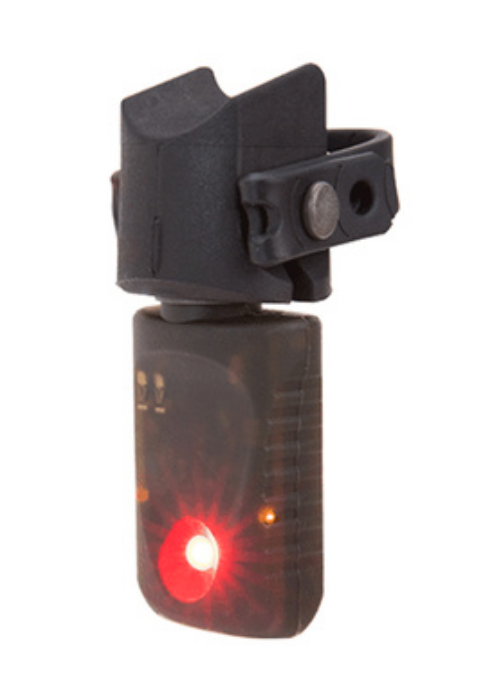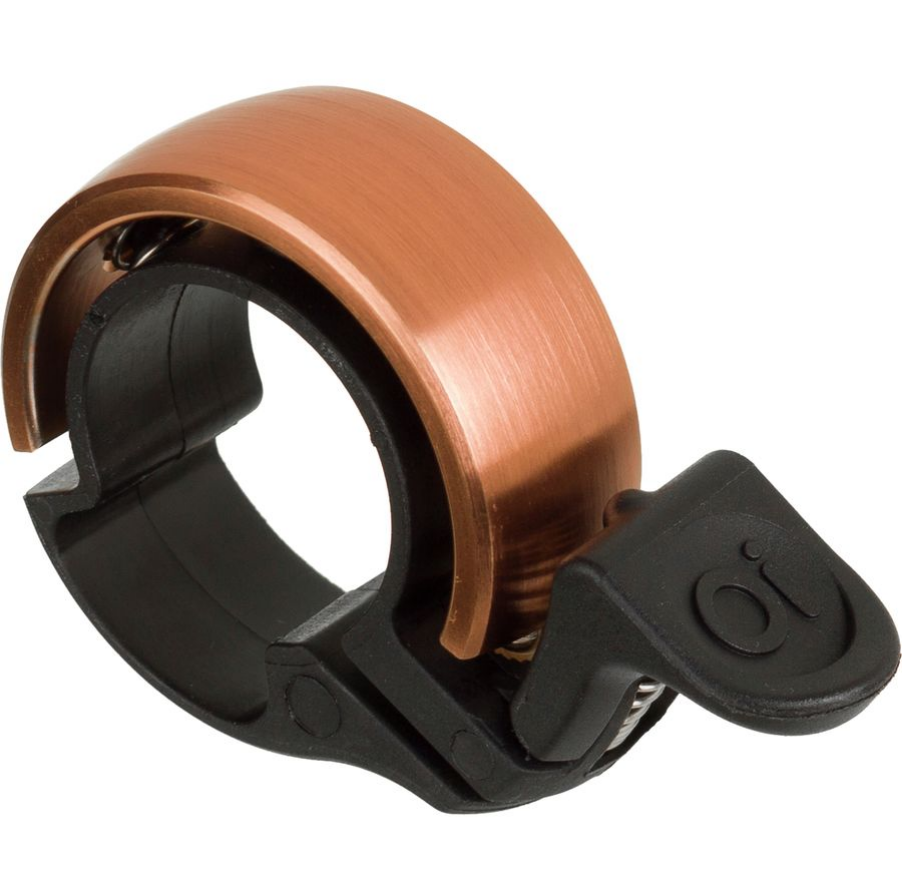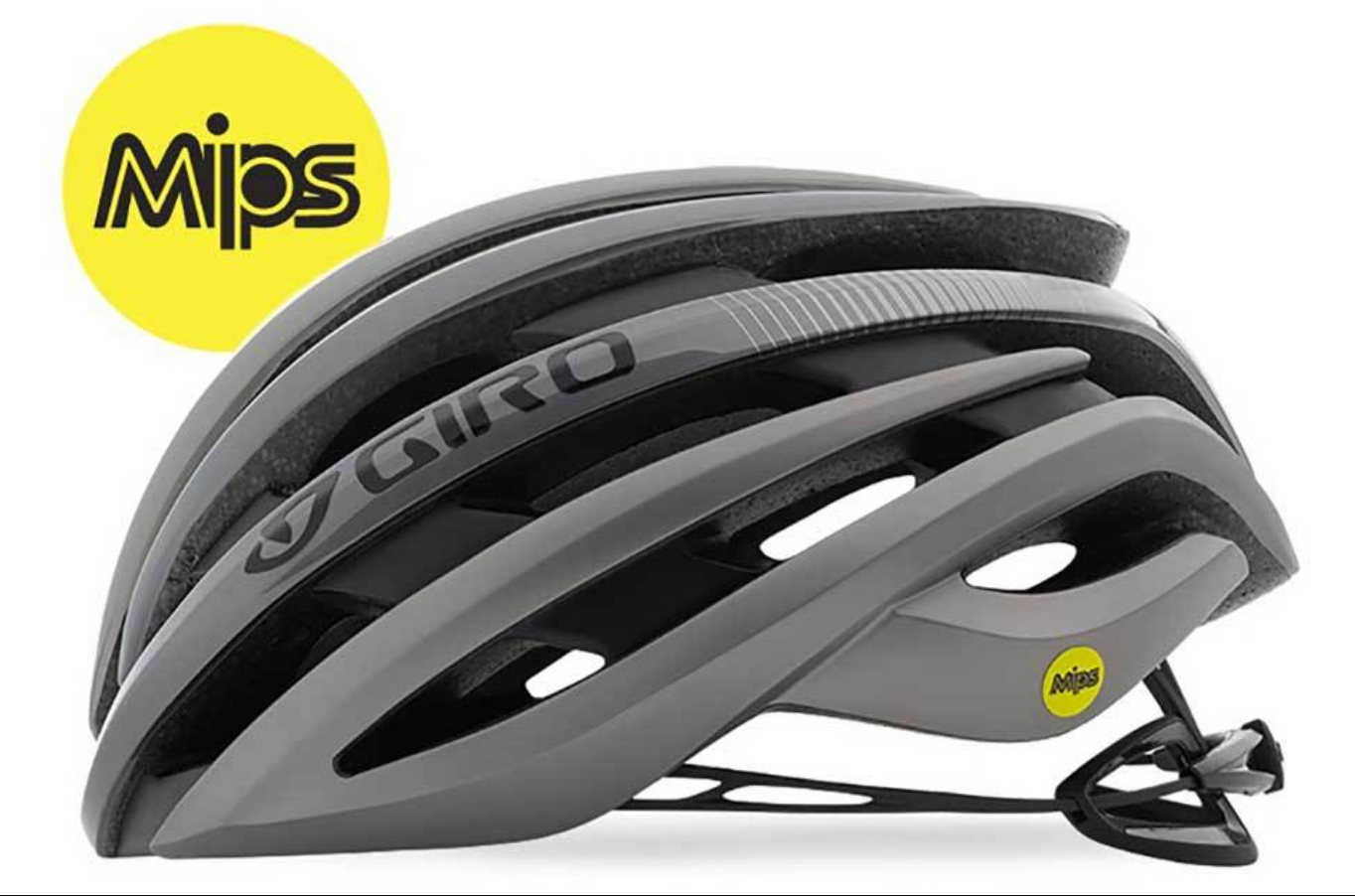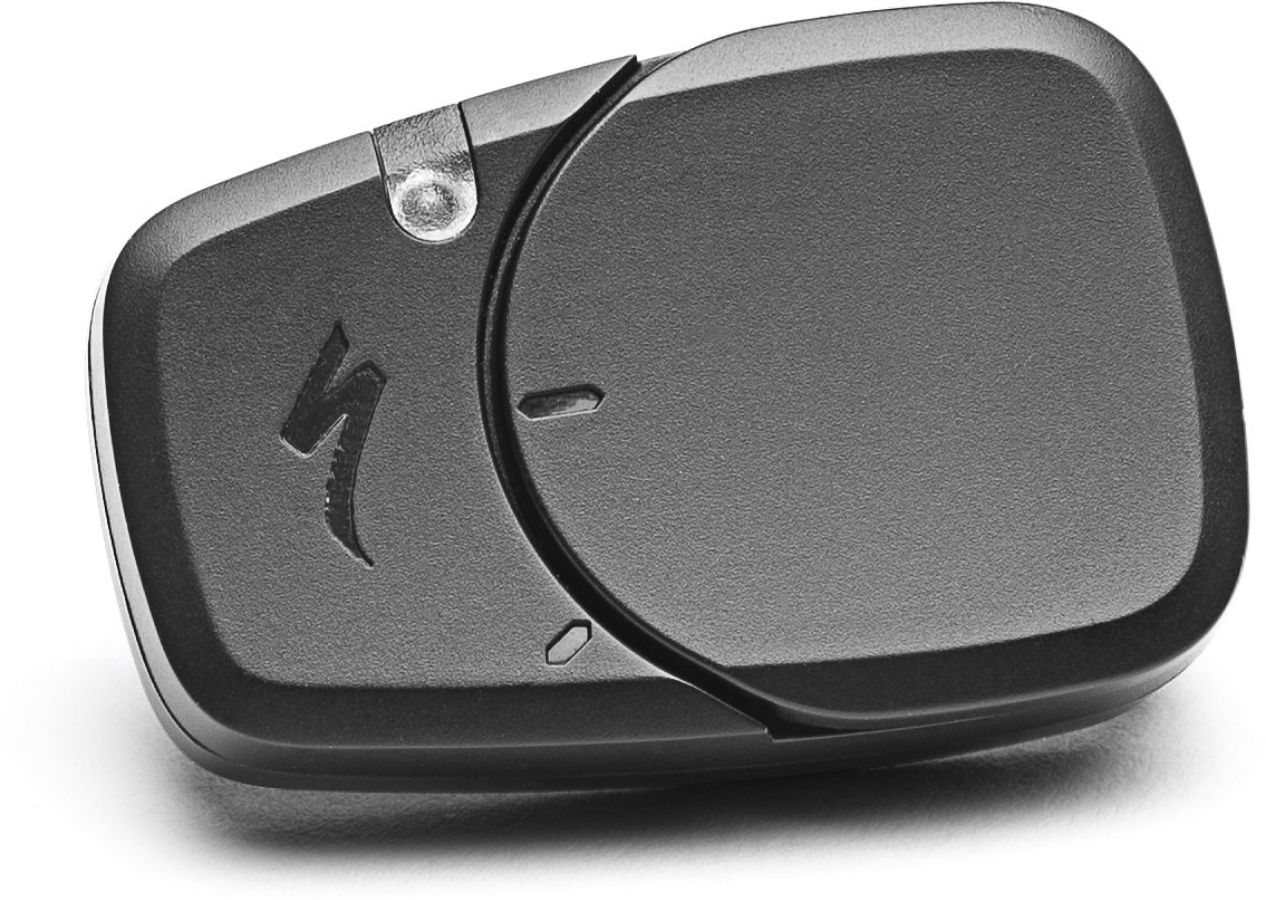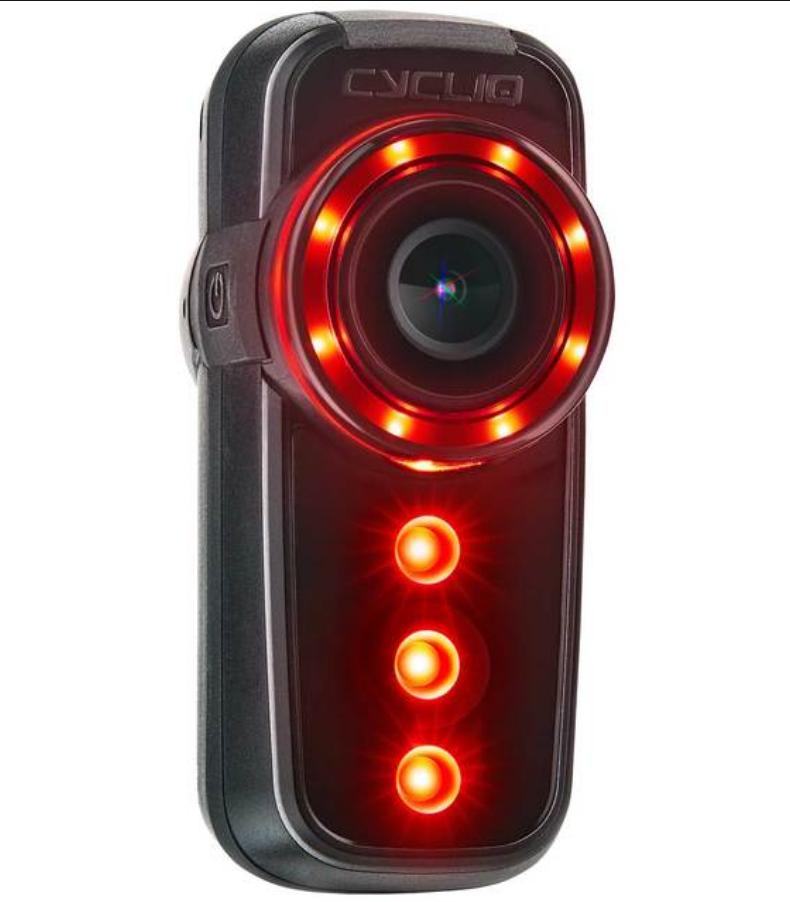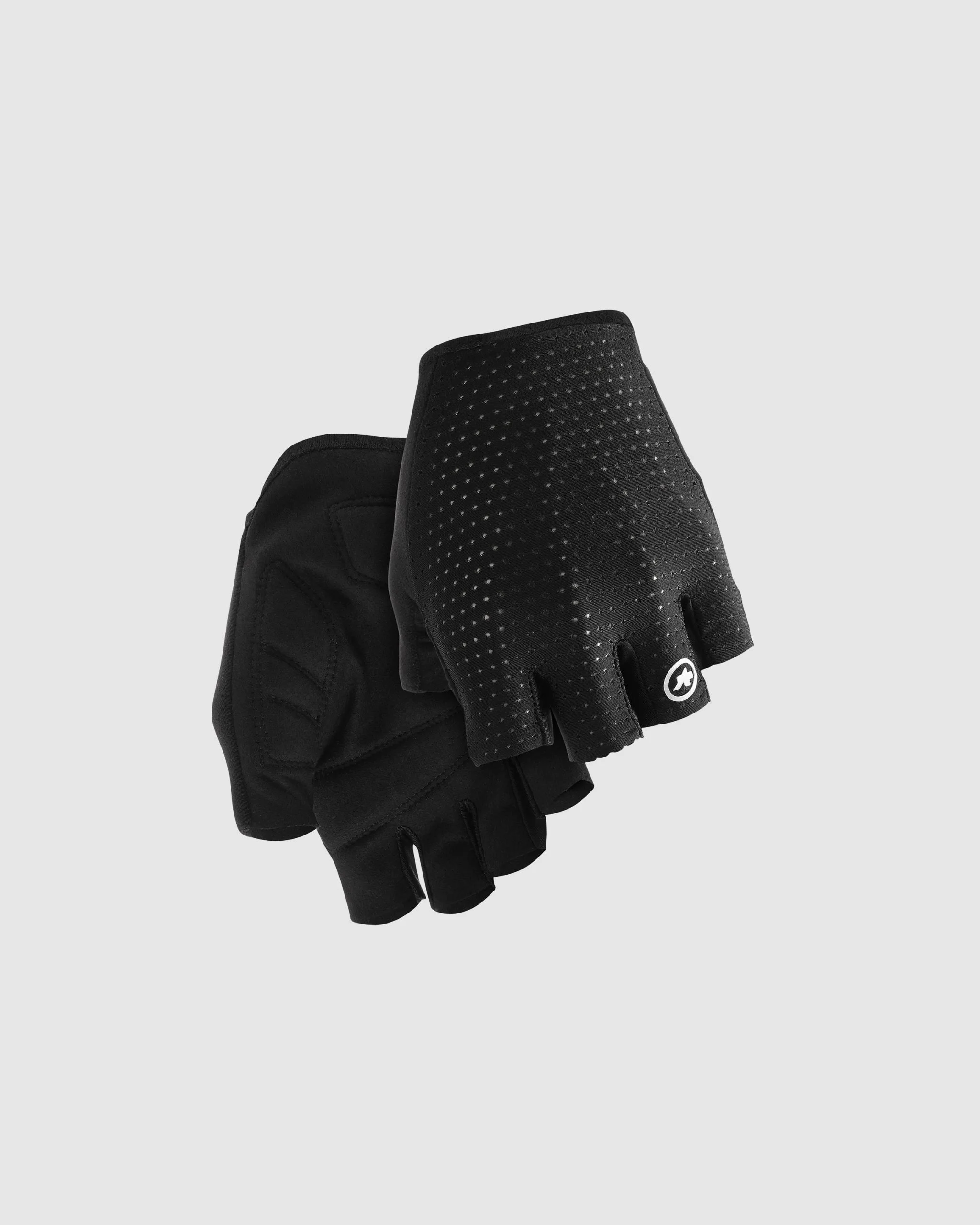Five Pieces of Gear to Keep You Safe While Cycling
Plus some tips to keep your whip safe, too!
by Chris Bagg
Smartphones (do we really need to keep calling them that?) are here to stay, it’s safe to say. Although they may have done wonders for our productivity (hmmmm…) and for our abilities to photo document every piece of food that goes in our pie holes, they have made our roads less safe. Just from 2005 to 2010 cyclist deaths attributed to distracted driving rose 30%. We doubt that the increases stopped a decade ago, and by all measures our roads are more dangerous than ever for those of us that travel, train, and recreate on two wheels. So what’s to be done? Give up the roads and flee for gravel? Many roadies and triathletes have done just that, but unless you live in a few remote parts of the world, you’ll still encounter cars when you head out for a spin. Here are some pieces of gear that can help you get home safely, or notify your friends and family in case of an injury or incident. We’ve separated everything into two categories, which we’re grimly calling Disaster Avoidance and Disaster Mitigation. Yeah, they aren’t the most optimistically titled, but this is real stuff, here, and it’s been shown that scare tactics only work on those who are scared, so we’re doing our best to be scary.
disaster avoidance
Let’s stay out of trouble first, yeah? As a cyclist you want to be loud and proud, so cars, pedestrians, and other riders know you’re there. Here are some tools to help you be your brightest self.
Reflective apparel
Reflectors have come a long way since the 1980s (or even the aughties), and today small slivers of fabric can deliver big hits of light to the approaching vehicle. Hi-vis apparel has come a long way, too, with your dad’s billowing flo yellow jacket trimmed down to a bright, reflective wind-and-rain cape. Many knicker bib and bib tights feature reflective strips that don’t overwhelm the garment in good lighting, but help keep you safe when it’s dark out.
Garmin VARIA Radar Light
We remember seeing our Garmin VARIAs out there on the road and one reason they catch the eye is that they are, well, visible. The flashing light is irregular, drawing your attention to it as something different on the road. Drivers, overloaded with sensory information, tune out regular disturbances in their fields of vision, and the VARIA is anything but regular. The radar unit inside a VARIA sense approaching objects and sends an alert to your bike computer or phone (if you’re using your smartphone as your bike computer). The radar classifies objects according to their approach speed, letting you know without looking over your shoulder what to expect. Full of all sorts of cool features, the software can work with third-party apps such as Ride with GPS and overlay the radar information right onto your navigation screen. Oh, yeah, it’s a light! We kinda glossed over that at the top. When the VARIA senses an approaching object, that’s when it begins flashing, sending the message THERE IS A CYCLIST HERE to the driver.
Light and Motion Vya
All of the light companies out there have been working to find the holy grail of early warning systems, and Light and Motion contend that they’ve figured it out with SafePulse, a flashing pattern most associated with cyclist recognition in a driver’s brain. Light and Motion have been at this game for a long time, too, so you’re bound to get a unit that works, works for a long time, and boasts clever features from hundreds of product development cycles. The mounts work, in other words, and will work for a long time. Rather than carrying cables on your commute, the lights twist off your bike and plug right into a USB port. At the end of your work day you reinstall the light and when you begin riding it turns on immediately, removing one of the weakest links in the cyclist safety chain: pilot error.
ORP
If you don’t need massive lumens, but you do want to warn runners, walkers, and other cyclists of your approach (or let those right-hooking cars know the carnage they’re about to incur), then the ORP gives you both light AND noise in a small, waterproof, durable, USB-rechargeable package. The ORP looks a little odd, kinda like a jelly bean that’s sprouted a vague face and tail, but it works. The tail wraps easily around your handlebars, and the horn trigger sits right near your thumb. ORP has two options for sound, marked with smiley- and frowny-faces. The smiley sound is strange, sorta like a clown-horn run through a computer and dowsed with reverb, but it is certainly memorable and different—walkers, runners, and cyclists will definitely hear it. The frowny sound is a much more recognizable blaring alert, and at 76 decibels cars can hear it through their windows.
Knog Oi Bell
“Like an angel playing a glockenspiel,” Knog tells us, and we’d agree. The tone on this simple, classic bell rings out cleanly, and the unit sits unobtrusively on your handlebars. Traditionalists, this one is for you. Sounding it in your local Wednesday Night Worlds also gets a few smiles, too (the first time, that is).
MIPS Helmets
A crash feature in the “disaster avoidance” section? Well, as the saying goes, “it’s not the falling, it’s the stopping.” MIPS-equipped helmets (many of the big manufacturers have them—simply look for the yellow dot on your favorite brand) help slow your brain down as it hurtles towards your skull wall, helping lessen brain injury in the event of a crash. When you go down, you usually do so at an angle, and your brain rotates inside your skull, which can cause some gnarly damage. MIPS helmets help lessen that movement, reducing brain injuries.
Disaster Mitigation
Well, we had to include this part, right? If something does happen, now the focus shifts to rapidity and accuracy of response.
Let your family and friends know where you are headed
Wahoo bike computers both have features that allow your friends and family to keep tabs on you during your workout. Wahoo calls it “Live Track” and many other electronics companies have similar features. Strava, although they don’t sell a bike computer, has a feature for subscribers called Strava Beacon that, once enabled, will show your location to those that have the link. As with many safety devices, you need to set this up ahead of time, so take some time to sit down and make sure it’s all working—disaster services won’t help if they don’t function!
Road ID
Although it may seem old-fashioned, analog ways are sometimes the best ways, and letting emergency medical services know that you are, say, diabetic, can mean a world of difference once you are loaded into an ambulance. Road ID can also help notify your family, and EMTs and paramedics are trained to look for these unobtrusive bracelets.
Specialized ANGi Crash Sensor
Specialized purchased the ICEdot crash sensor, re-worked it, gave it the S-works treatment, and paired the device to their Specialized Ride App (which has to be running for this product to work). If you crash, a timer begins, and if you don’t stop the timer (because you may be incapacitated), emergency response and those you designate in the app are notified.
Cyliq fly6 and fly12 Camera/Light Combinations
Just a quick perusal of Cycliq’s website is enough to give any road rider the heebie-jeebies, along with a sense of aggrieved purpose. Several user-uploaded videos of close calls (some intentional) offer proof that the Cycliq cameras work and have resulted in convictions of aggressive (or distracted) drivers. The cameras function on a clever rolling real-time loop, so they are always gathering what just happened, plus up to four hours in the past. Not crashing or getting hit? They also double as an absolutely amazing sports camera.
A great set of gloves
Old school, yeah? But we see many riders, these days, eschewing classic riding gloves (we’re looking at you, triathletes). You only have to crash once to realize just how important the skin on your palms is to achieving most activities in life. Better yet, take it from us, and just pull on those gloves. You’ll feel so 1980s!
Understand your brake pads, and check your headset
Head-what? No, not that Bluetooth dongle in your ear canal (seriously, take that thing out), but the incredible set of bearings that allows you to turn your bicycle without the fork eventually falling out. Your headset is a marvel of engineering, but it only works if it’s installed correctly. Grab your front brake and gently rock the bike back and forth. Hear any clunking, or is there any play in the fork and stem? Your headset is loose, and that is SUPER DANGEROUS. Take a little time to educate yourself on how to tighten it up, and you’ll feel like you just built the Great Wall of China. Next up: brake pads! Make sure those little rubber slugs aren’t full of, say, metal shavings, and that they aren’t too worn down. Being able to stop effectively will save you from many crashes.

